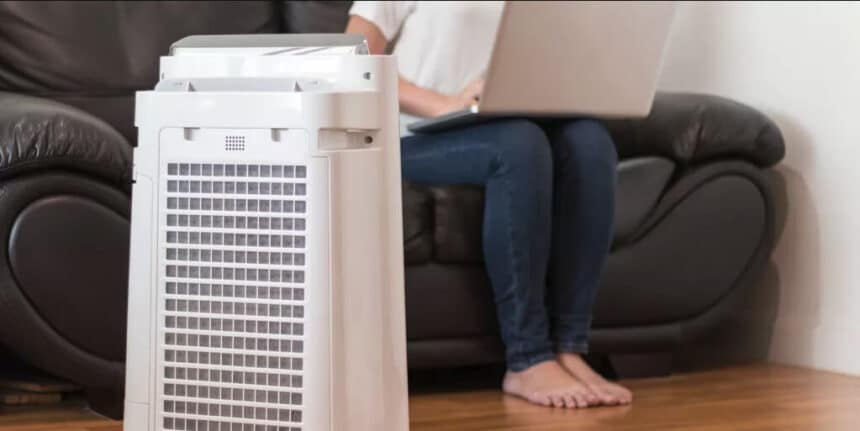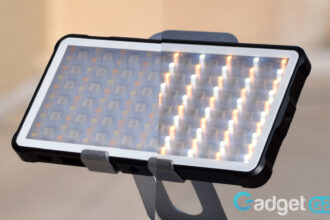Introduction about Molds
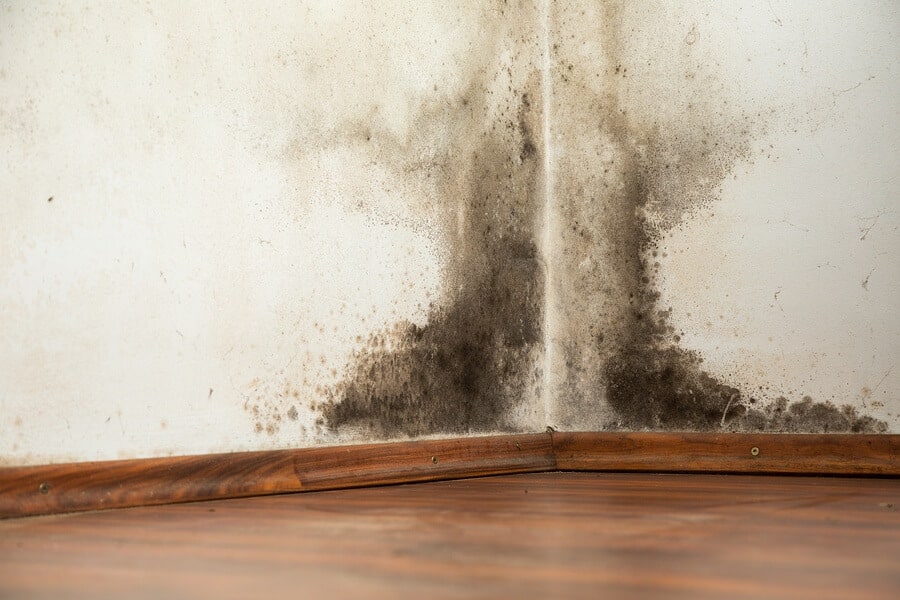
Each time mold gets into a house, you immediately know the health of you and the members of the family is at risk. For some people, molds trigger some sort of allergies.
You have probably heard one or two things about the role of air purifiers in removing old spores from a room. But, do air purifiers really remove mold spores from a room?
The answer is YES.
How do they achieve this? That is exactly what this article was written to address.
Molds, including Aspergillus Chaetomium, Alternaria, Cladosporium, Mucor, Fusarium, Stachybotrys and Penicillium are commonly found in homes, especially warm, damp, and dark areas. It is important to note that the mold themselves do not cause or trigger allergic reactions (or asthma in some cases). It is the microscopic mold spores (their seeds) which float through that cause reactions like wheezing, coughing, runny and stuffy noses in people who are allergic.
These horrible mold spores mess with the air quality both indoor and outdoor.
While Molds and their spores are associated with these horrible reactions, it is great to know that air purifiers help in tackling this problem.
How Exactly Do Air Purifiers Tackle This Problem?
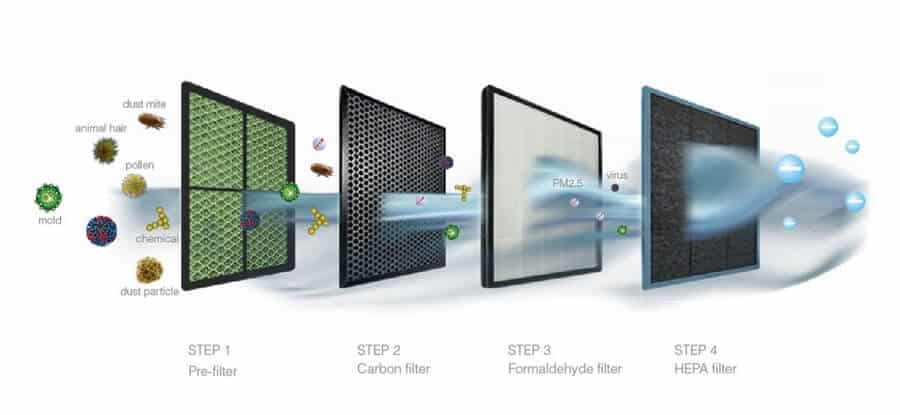
The answer to this question is simple. Many air purifiers destroy the effect of the presence of mold by using a very great weapon. This is the High Efficiency Particulate Air (HEPA) filter.
HEPA filters are known for how great they are at trapping microscopic particles. The HEPA filters used in this context are the true or absolute HEPA filters which meet high standards of efficiency. They capture at least 99.97% of pollutants at 0.3 microns.
Mold spores are known to be about 1-5 microns in size. Thus, it is very easy for air purifiers to efficiently and effectively take out mold. Once you are sure that air purifier has a HEPA filter (this can be checked by looking on the package). Then you can be sure that your air purifier will be effective. There is usually a HEPA certification and your air purifier has to be a certified one to be sure that they can help in achieving your aim.
HEPA filters help to take out mold spores by taking out the airborne spores from the air and keeping them within the HEPA filter. To filter mold spores effectively, simply put an air purifier in areas where you frequently have the presence of mold. This could be in your kitchen, bathroom, or rooms that have upholstered furniture. Also, replace your HEPA filter from time to time, depending on the manufacturer’s advice.
Although, it is proven that air purifiers take out mold spores, they do not solve the underlying cause of mold growth. Therefore, you’ll have to keep getting more air purifiers as they get exhausted, in a case where you don’t sort out the underlying cause of the mold growth. Hence, if you want to be mold-free, then you have to use humidity gauges or hygrometers to take care of your home’s humidity level. Since mold only thrive in the presence of humidity as well as darkness, in a case where you take out these two factors, you would be avoiding them. This is not to say that humidity is a bad thing. In fact, a low level of humidity would affect the environment negatively. Therefore, to avoid low levels of humidity, following these DIY humidifier tips (courtesy of Cool and Portable) would be of great benefit.
Final Thoughts
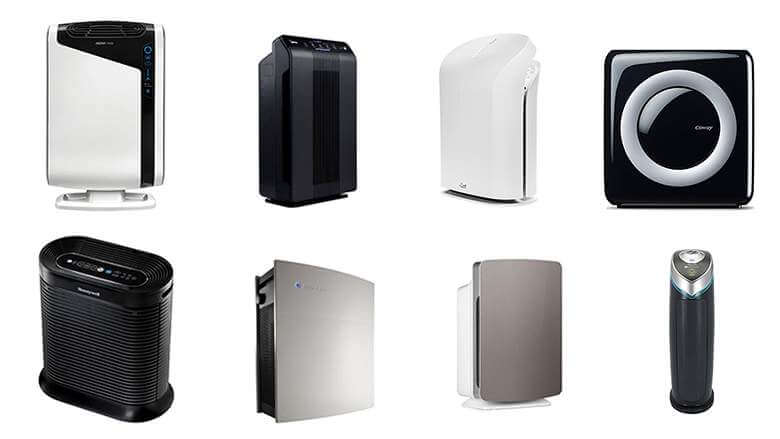
For molds to feed and grow, they need a cellulose base. Cheap air purifiers are dangerous because they are made of paper cellulose; a material that would rather help in breeding mold.
Therefore, if you are going to use an air purifier, pick quality over price. By choosing a sealed system that has a certified HEPA filter, you can be sure that you have gotten a safe product.

